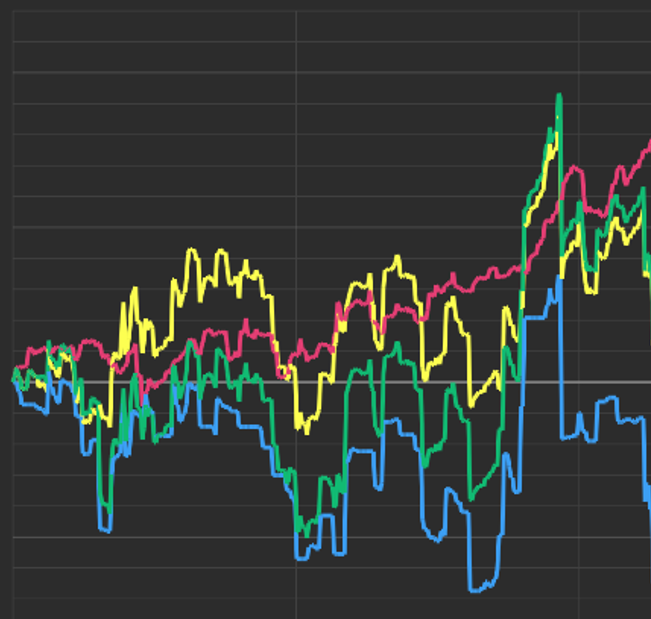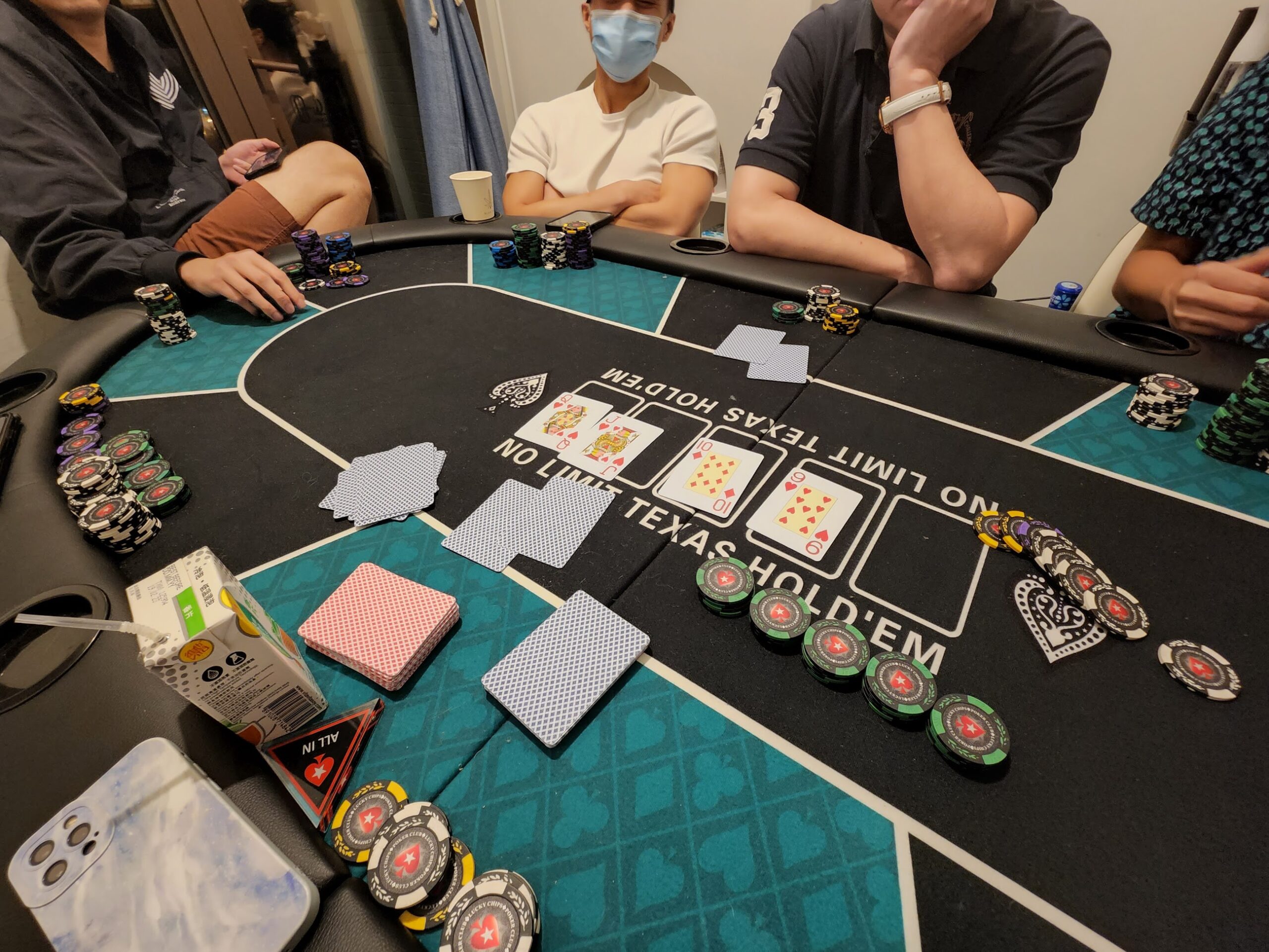
Cybersecurity and data privacy are two critical areas of technology that have become increasingly important in recent years. The growing number of computerized attacks and data breaches has highlighted the need for strong security measures to protect sensitive information and prevent unauthorized access to sensitive data. In this article, we will examine the topic of cybersecurity and info isolation, including what they are, why they are important, how they are achieved, their key characteristics, their applications, and their advantages and disadvantages.
What are Cybersecurity and input retreats?
Cybersecurity protects information chips, networks, and data from illegal access, use, disclosure, disruption, modification, or destruction. It encompasses various security measures and technologies designed to prevent mechanized attacks, secure information systems and networks, and protect sensitive data.
On the other hand, testimony seclusion refers to protecting personal data and sensitive information from unauthorized access and misuse. It involves ensuring that data is collected, stored, processed, and used in a way that protects individual solitude rights and complies with relevant isolation laws and regulations.
Why are computational security and dossier quite Important?
In today’s digital age, sensitive information is increasingly being stored, processed, and transmitted electronically, making it vulnerable to computerized attacks and data breaches. computerized security and info seclusion are essential to protect individuals, organizations, and governments from the consequences of these attacks, including financial loss, reputation damage, and the loss of sensitive information.
Moreover, input separation laws and regulations have become more stringent in recent years, and organizations must ensure that they comply. Failure to comply with solitude laws and regulations can result in significant financial penalties and reputational damage.
How are electronic security and testimony retreat Achieved?
electronic security and evidence penetralia are achieved through technical measures and administrative controls. Technical measures include firewalls, intrusion detection and prevention systems, encryption, and access controls. Administrative controls involve developing and implementing policies and procedures to govern the collection, storage, processing, and use of sensitive info.
Characteristics of robotic security and dossier private There are several key characteristics of virtual security and material privacy, including:
- Confidentiality: Sensitive data is kept confidential and protected from unauthorized access.
- Integrity: Data is protected from unauthorized modification or destruction.
- Availability: Data and systems are available for authorized users when needed.
- Authentication: Users are verified and identified before accessing sensitive data and systems.
- Non-repudiation: Users cannot deny that they performed certain actions with sensitive data.
Applications of networked security and fact retirement robotic security and fact retirement have a wide range of applications, including:
- Financial services: Banks, credit card companies, and other financial institutions use high-tech security and dope one`s space shots to protect sensitive financial information and prevent financial fraud.
- Healthcare providers use mechanized security and report penetralia amounts to protect patient health information and comply with clandestine regulations such as HIPAA.
- Government: Governments use networked security and score sequestration masses to protect sensitive information and ensure the confidentiality and integrity of government systems and data.
- Retail: Retail companies use high-tech security and detail aloofness measures to protect customer information and prevent data breaches.
Advantages of virtual security and document confidentiality There are several key advantages of electronic security and document aloofness, including:
- Protection of sensitive information: computational security and data confidentiality measures protect sensitive information from unauthorized access, use, and misuse.
- Compliance with privacy regulations: robotic security and data privacy measures help organizations comply with privacy regulations and avoid financial penalties and reputational damage.





